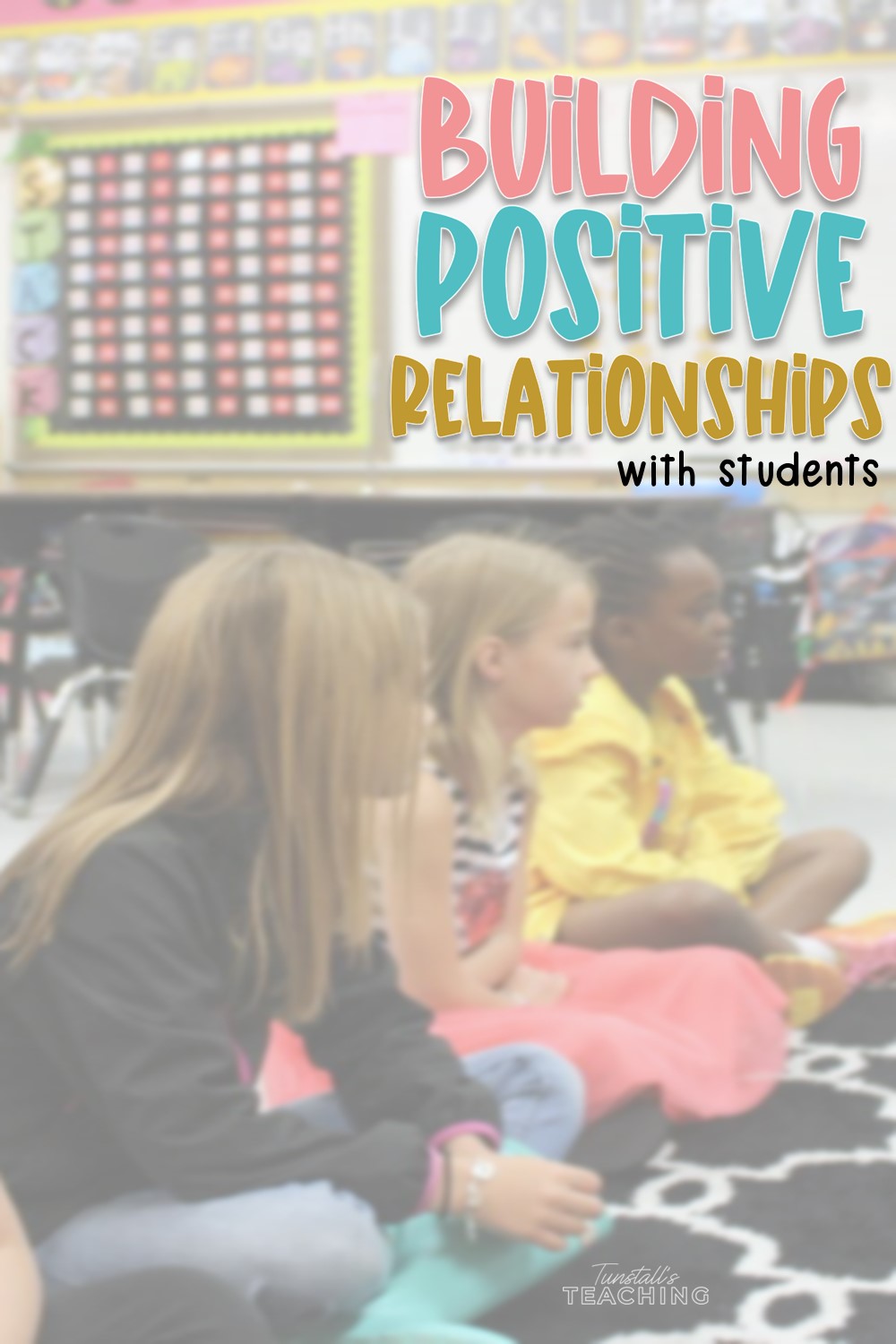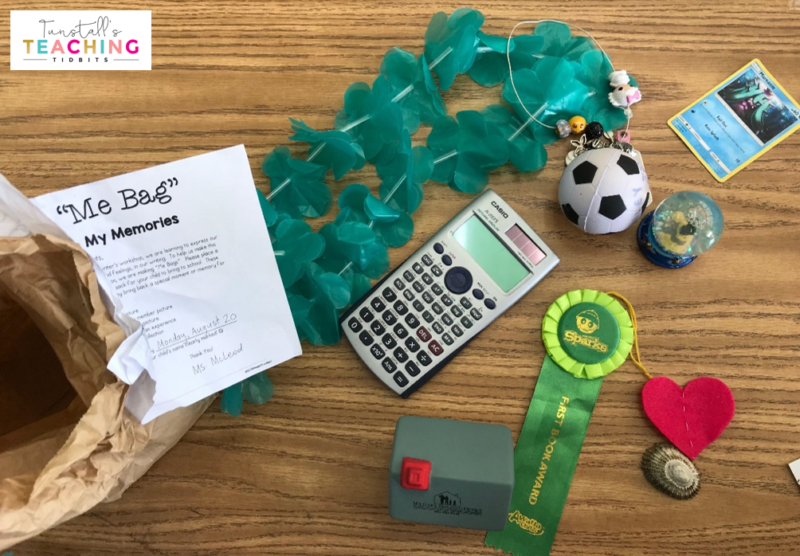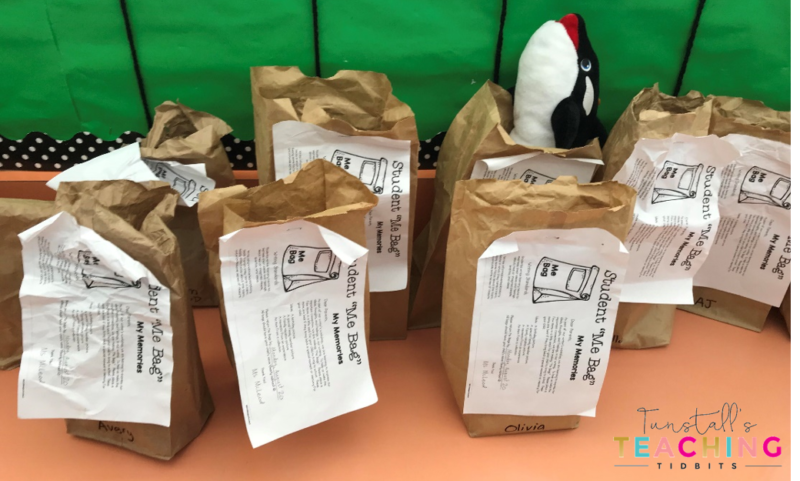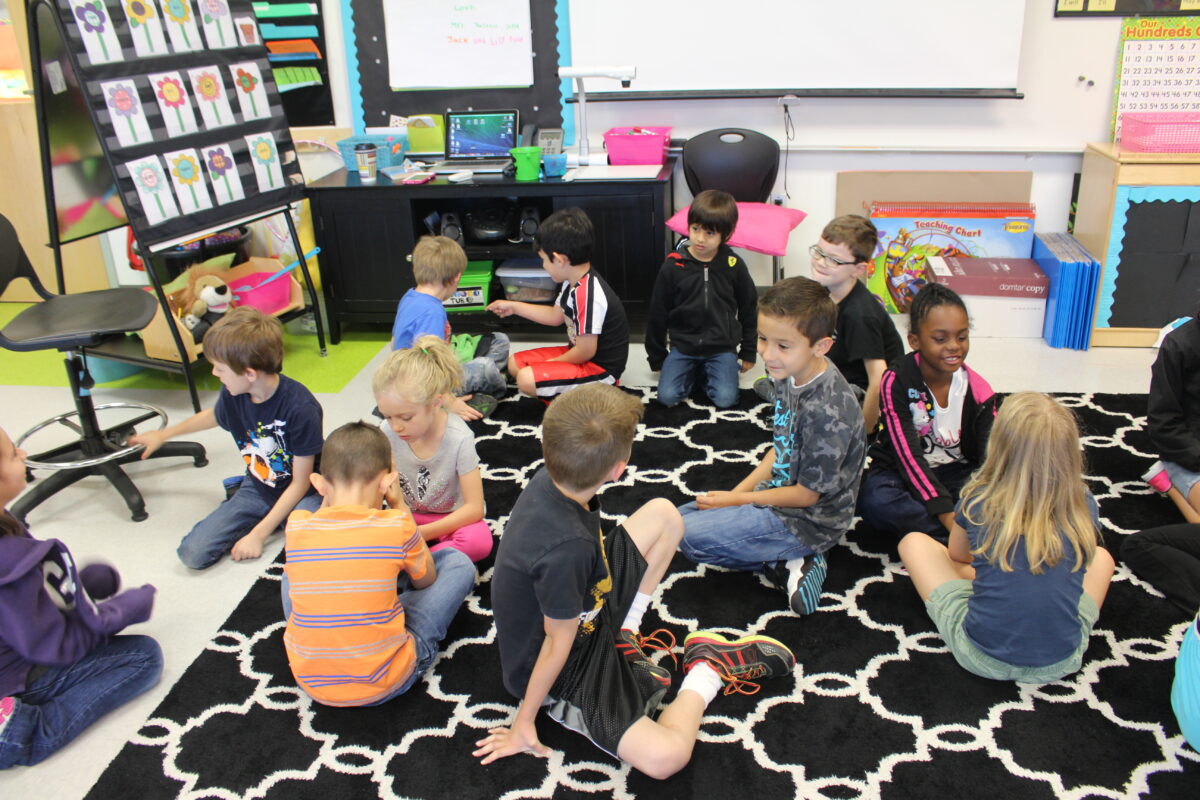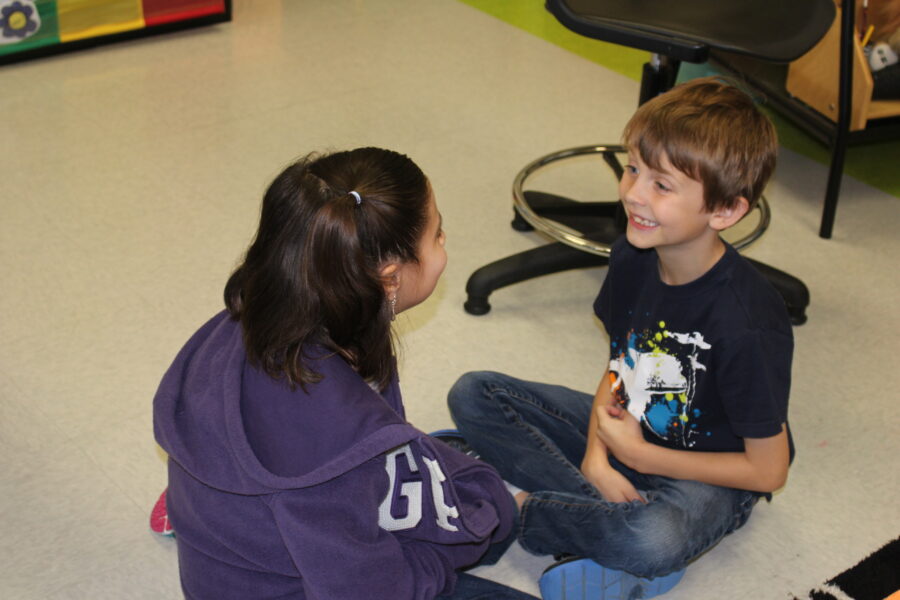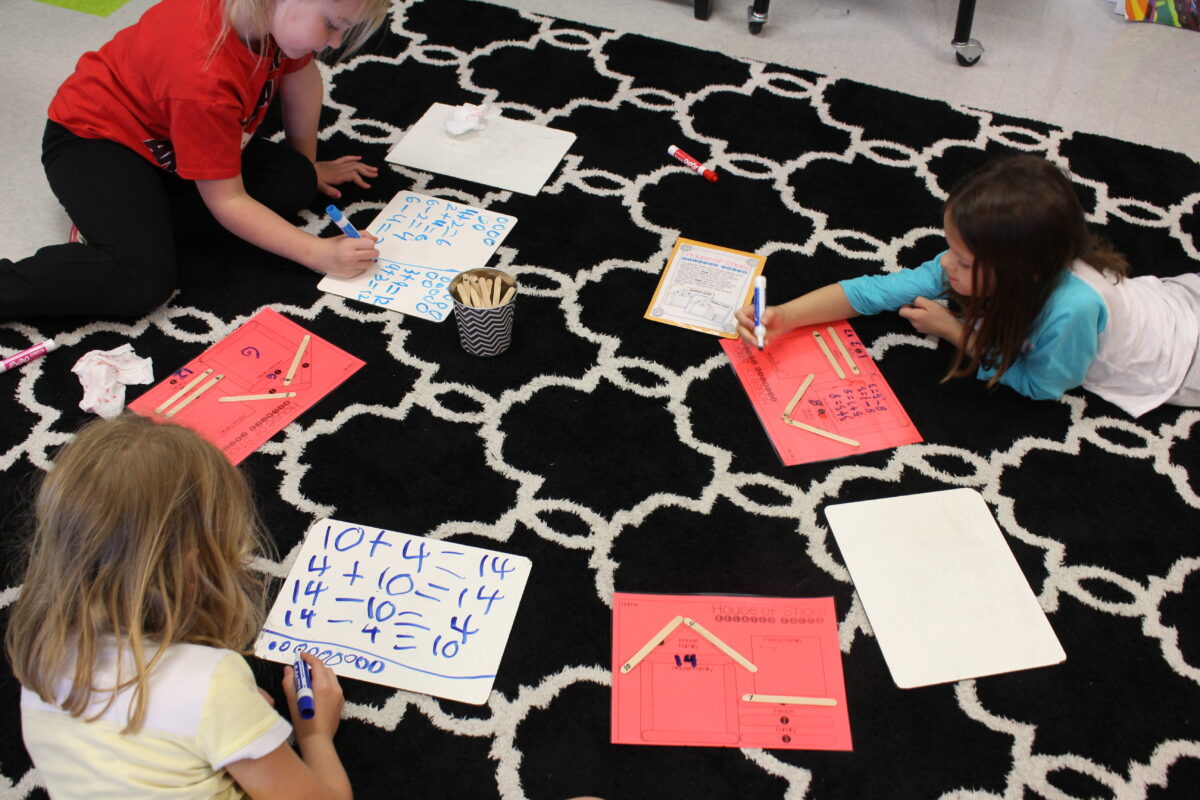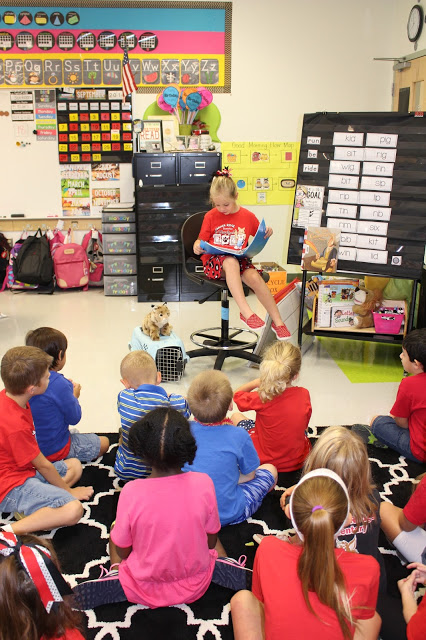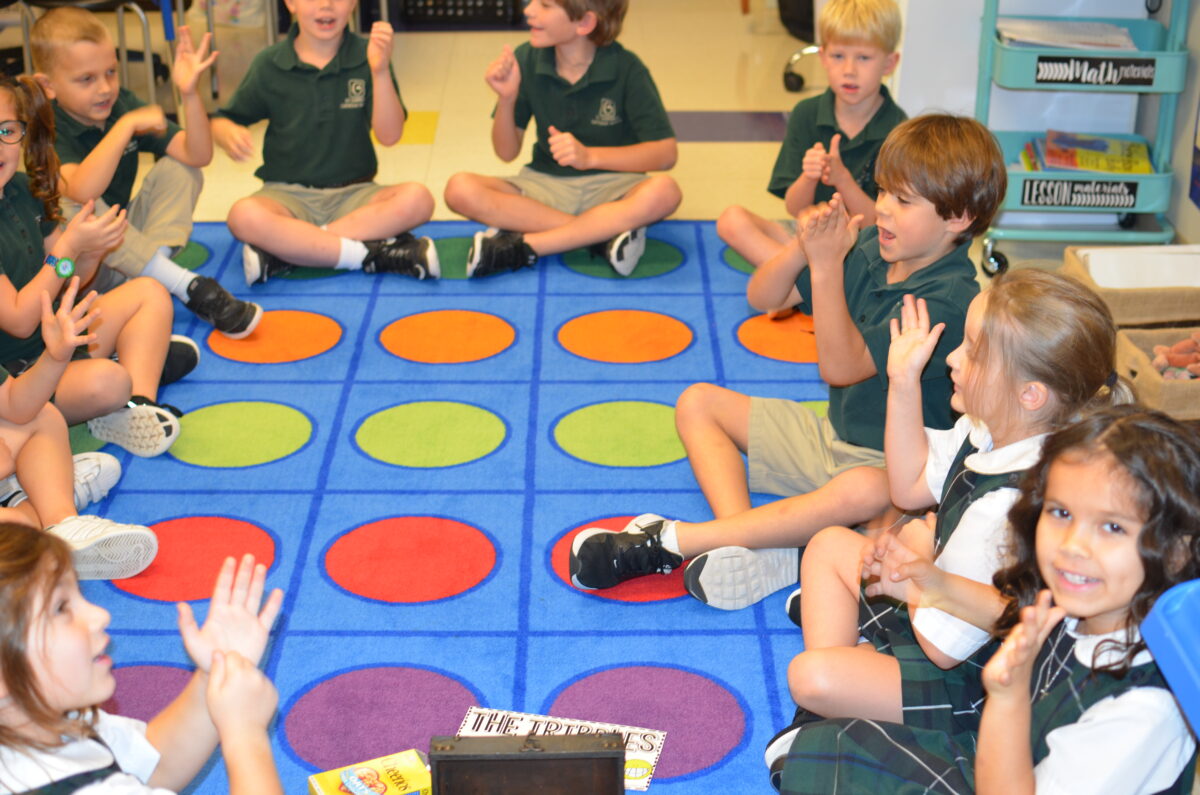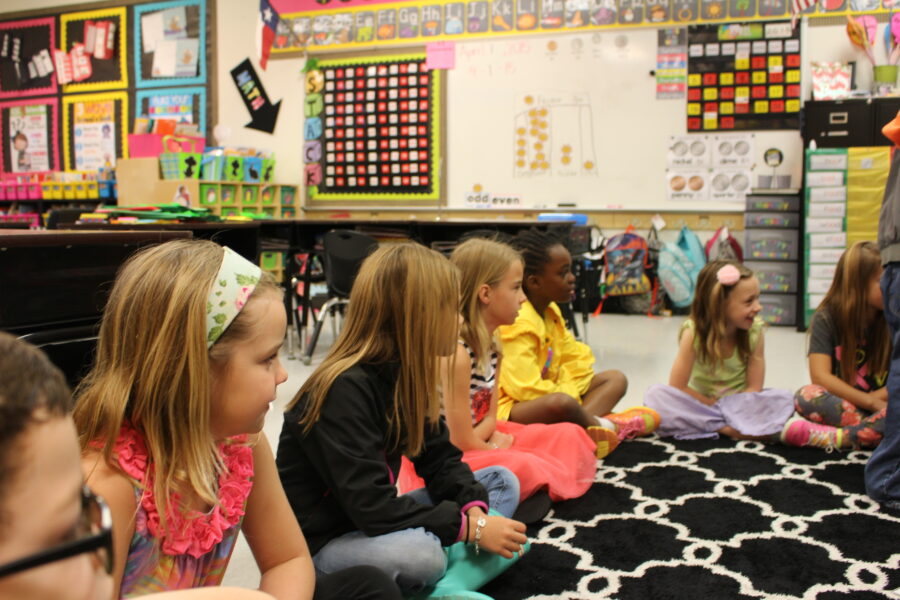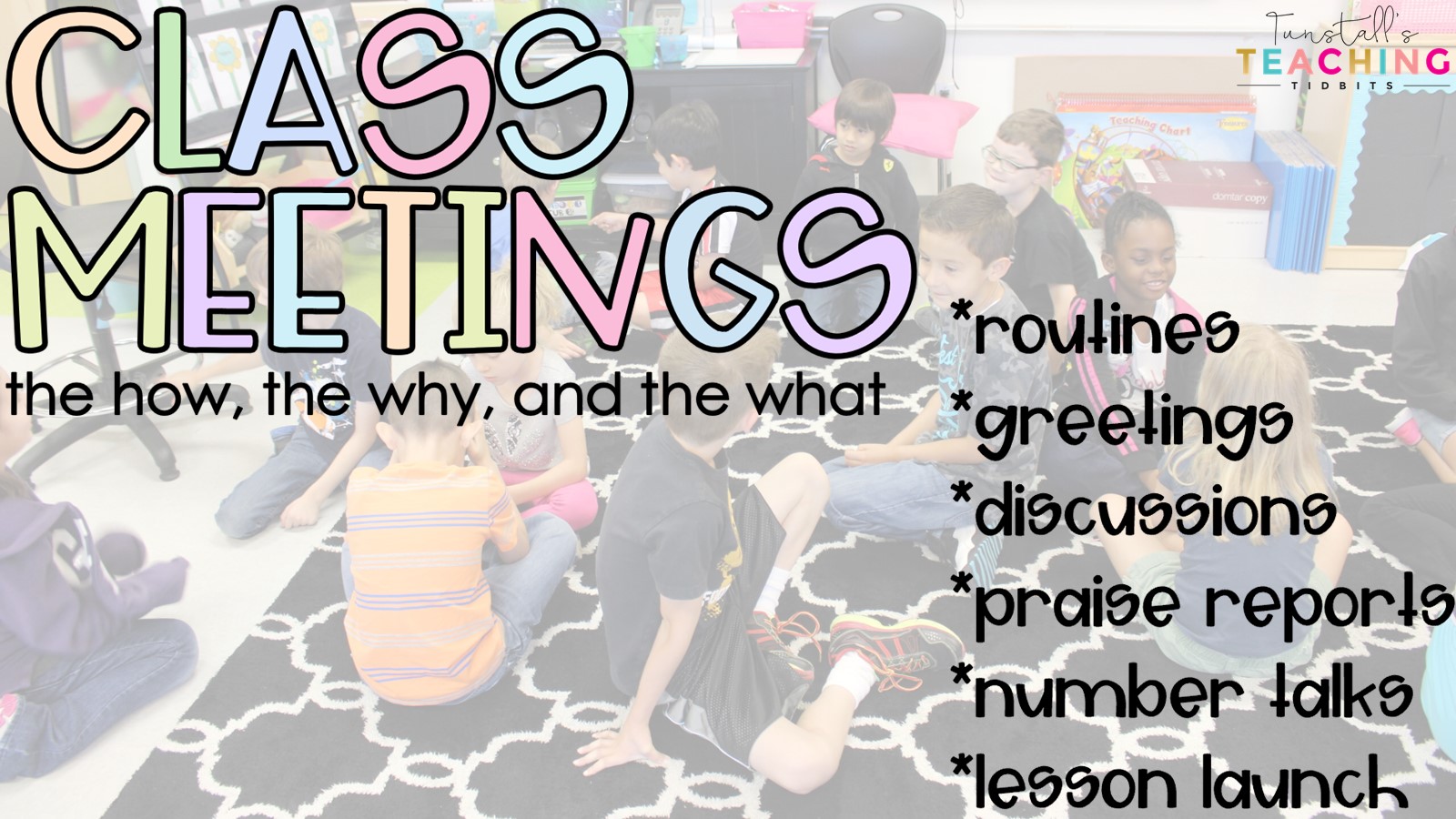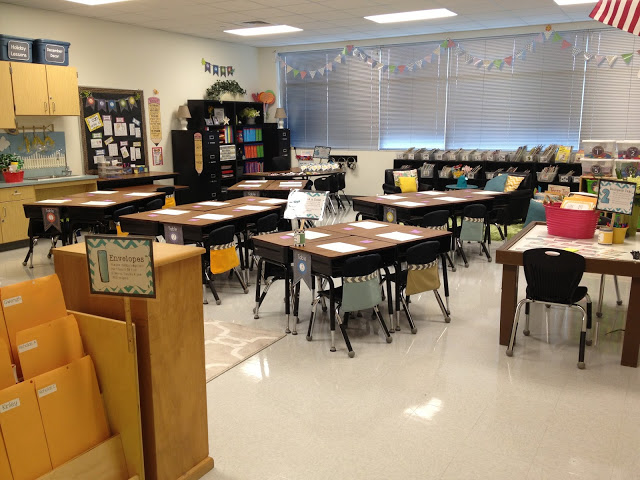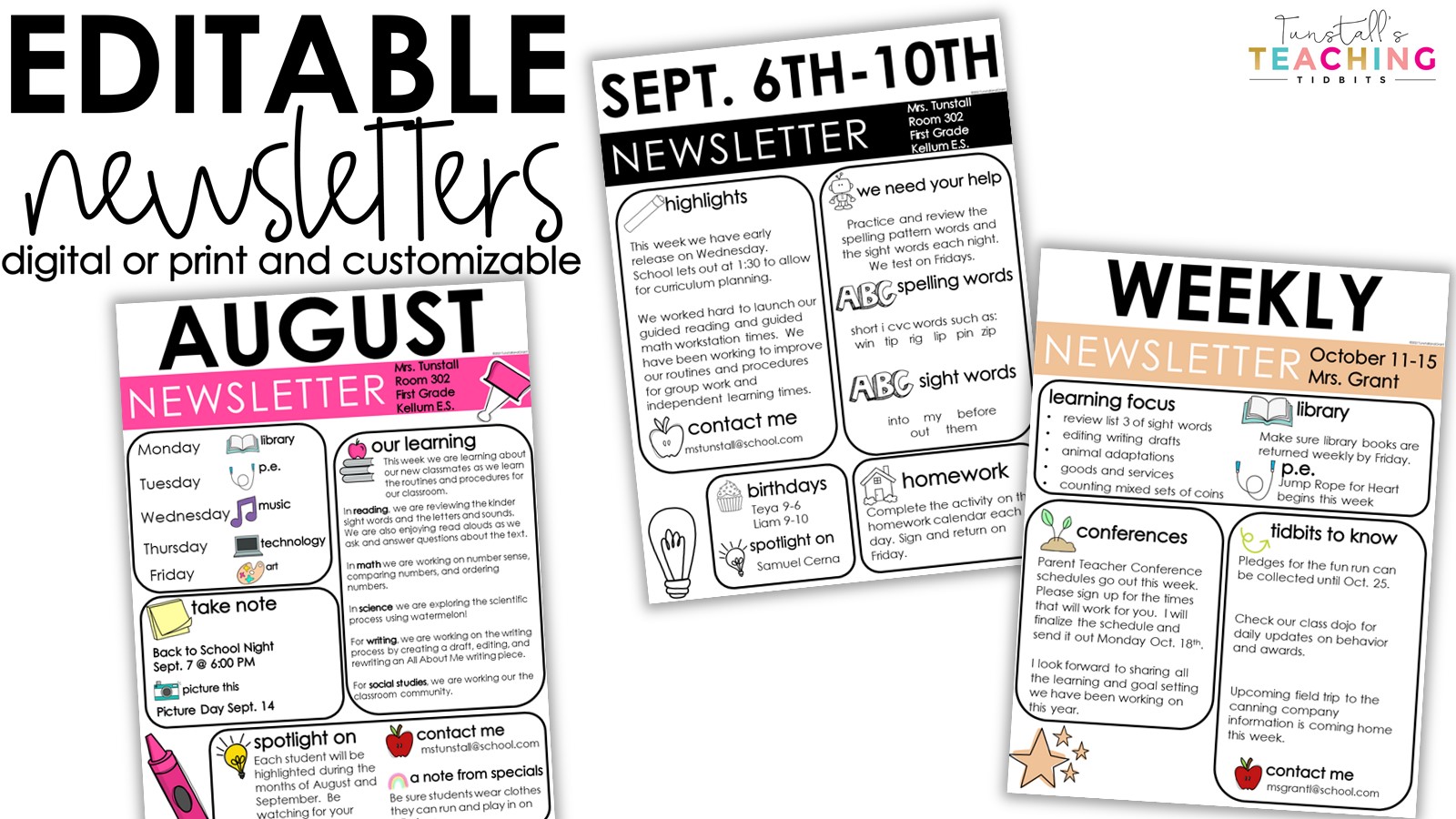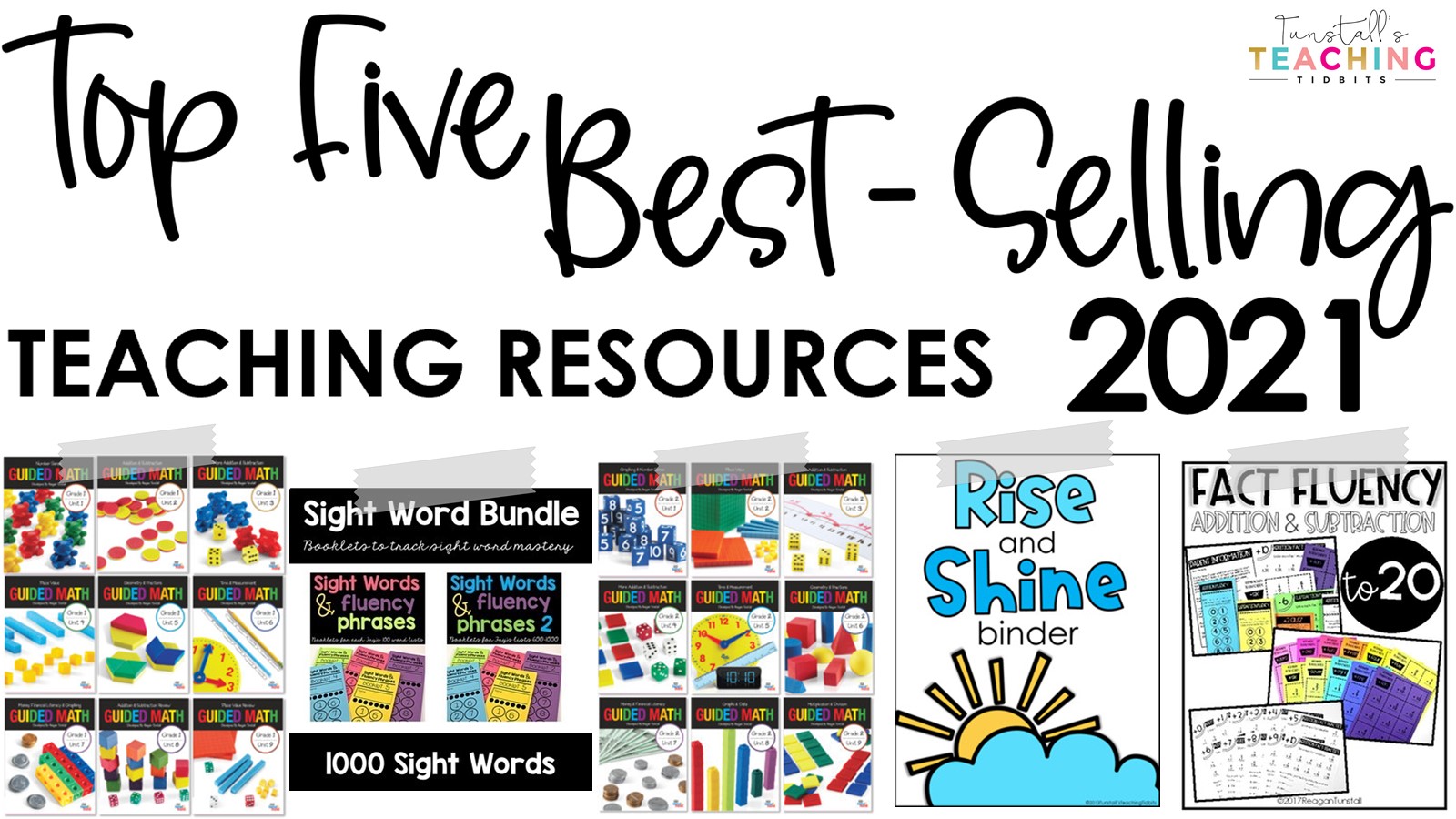Building Positive Relationships with Students
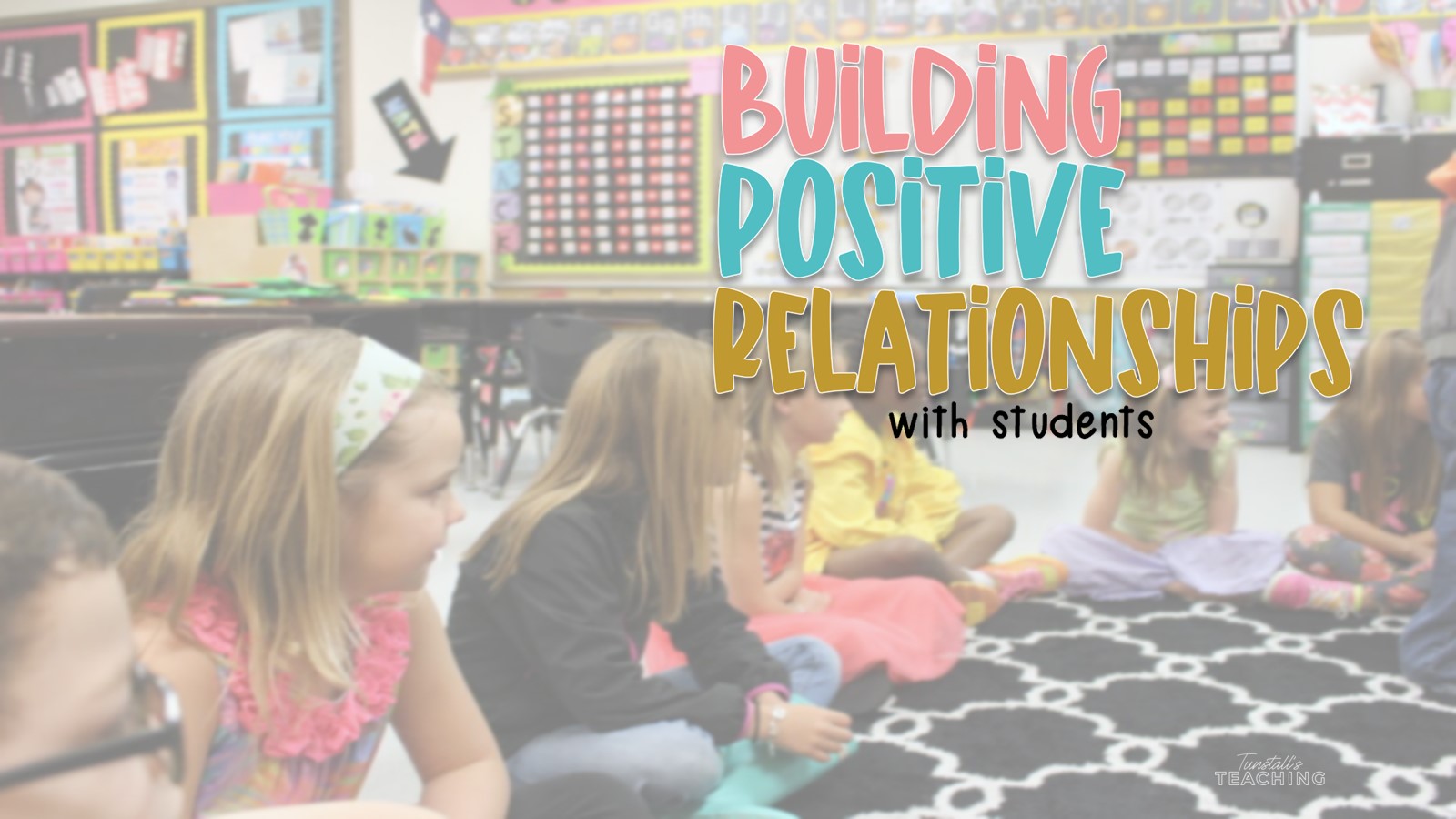
Creating a caring teacher-to-student and student-to-student environment impacts classrooms both behaviorally and academically. Building positive relationships with students isn’t always as easy as it seems. Joining a large group of lives together in a room to work academically over nine months is what reality TV is built on. Cue the primetime drama. We’ve all lived it.
Building Positive Relationships with Students
Thinking back on our teaching years, we tend to focus on each class as a group of personalities rather than how they performed academically. This is because the day-to-day interactions make a class environment above the academic job of learning. Research proves that we can transform an environment through relationship-building practices. This is key to making school a place we want to be through the school year. These practices do not need to be difficult or time-consuming.
Get to Know Me
The beginning of the year is the perfect time to commit to building positive relationships, both teacher-to-student, and student-to-student, and the first way to do this is to provide ways to get to know the individuals in the room. By getting to know each of our students, we discover their interests, strengths, vulnerabilities, and passions. This knowledge provides us with genuine ways to encourage and support students. When we provide a positive interaction, our students’ brains release dopamine. This feel-good moment increases motivation to spend time and attention on tasks and skills in order to have more positive interactions and dopamine releases.
Here are some ready-to-use activities to get to know students of different ages and grade levels.
- All About Me Flip Book Grades K-2
- Get To Know Me Flip Book Grades 3-5
- Me in a Nutshell Grades 1-2
- Me Bag Sharing and All About Me Writing Grades K-2
- This is Me! My Life in Numbers Grades 3 and up
- My Superpower Grades 3 and up
- Can’t Stop the Feelings Grades 3 and up
- True or False Facts About Me Grades 3 and up
Younger students naturally want to tell you about themselves and the important people in their lives. If students do not easily or willingly want to share orally, they can do so in their drawings, writings, and future interactions when they are more comfortable.
Help Me Make Positive Connections with Others
We can increase positive interactions for students by fostering student-to-student relationships. Social activities like talking, sharing, and laughing cause the body to release more happy chemicals and bond us to others. These connections give our body the “safe” signal over time. When students feel safe and happy, they are more open to sharing, working on hard skills, and asking questions. These seem like simple interactions, but for some of our students, these interactions are not easy at all.
If we have students who seem closed off or tend to overreact, think of an animal responding to repeated stress or trauma. Something has caused the fight or flight response, which can be difficult for all involved. Rather than matching the undesired response, we want to provide numerous positive interactions teacher to student and student to student. Over time, this provides the safe signal and can bring about the ability for our students to have a more positive response to sharing, working, and participating socially.
Here are some ready-to-use activities to promote positive connections between students.
- Get the Scoop on Being a Friend Grades K-2
- Being a Friend Grades K-2
- Partner Play Grades K-2
- Our Class is a Family Grades K-2
- What’s the Scoop? Conversation Cards Grades 3 and up
- Meet and Mingle- Find Someone Who Grades 3 and up
- I’ll Be There for You Grades 3 and up
Establish a Shared Foundation and Community Goals
Once we know how to support and praise our students, we can continuously provide positive interactions. Students can have positive interactions with each other socially and academically as we continue to foster positive peer relationships. Finally, it’s time to establish our community norms and goals as a class. Just like we do one-on-one, we want to create positive interactions to create a safe signal for our community. To do this, we bring students together to discuss what they need to be successful. Success is a broad term, so we want to define our goals as a group of learners. Every grade level and age level can establish their learning and social goals as a group. Once we define what success looks like in our grade level, we can establish the norms or rules for success in reaching those goals.
When students feel safe and happy as a community, they can continuously take on more complex interactions, areas of study, cooperative learning activities, and difficult tasks, knowing they have common goals and support within their environment.
Here are some ready-to-use activities to promote community goals and shared paths of success.
- Rules Game Grades K-2
- Rockin’ Routines Grades K-2
- Good Habits/Bad Habits Grades K-2
- Growing Goals Grades K-2
- Our Class Pet Shared Writing Grades K-2
- Focusing In on One Word Grades 3 and up
- Get a Little, Give a Little Grades 3 and up
- Mission Possible- Class Mission Grades 3 and up
- ABC’s of Classroom Community Grades 3 and up
- You Name It: Goal Setting Grades 3 and up
Building Positive Relationships Beyond the First Week
As the class becomes safe and comfortable, we will notice a natural loosening of the heightened focus on rules and procedures. This is good because it means we have created the desired environment for positive relationships, but we have to continually remind and establish high expectations in meaningful ways so as not to become too lax over time.
We do this through immediate and planned positive reinforcement and feedback. Immediate positive reinforcement happens as we engage with students each day in classroom tasks. We want to be sure to be specific and supportive in our feedback. Rather than “Great job” or “Nice work,” we want to state a specific trait to praise. I like how you spaced your words. Reading your writing is easy and enjoyable. I noticed your careful calculations even though you were rushed to finish, and I am proud of you.
Planned positive reinforcement is done through more formal class discussions or class meetings. The benefit of class meetings is that they play into other routines throughout the day. We form bonds and become comfortable discussing topics when we gather to discuss something. This then carries over to our sharing of thinking in academic areas.
Continue Building Positive Classroom Interactions
Here are two posts to take you more in-depth on holding class meetings and reinforcing positive behavior in students.

 Contact Us
Contact Us